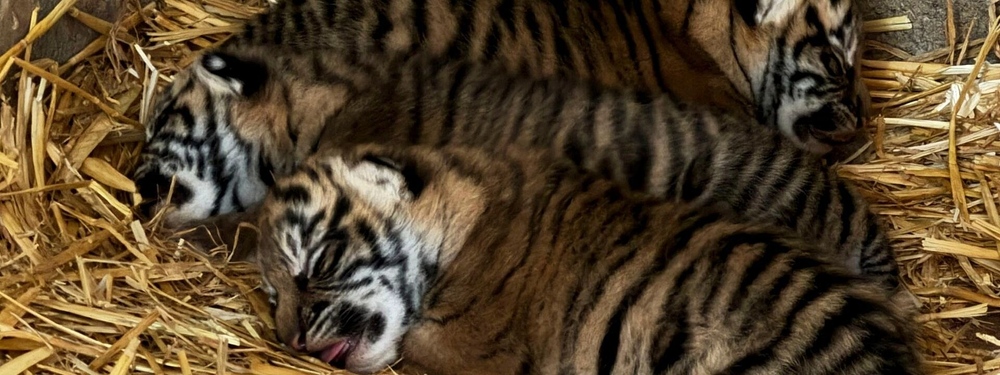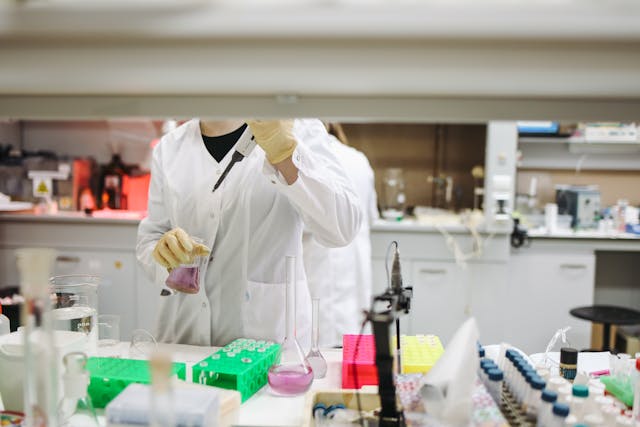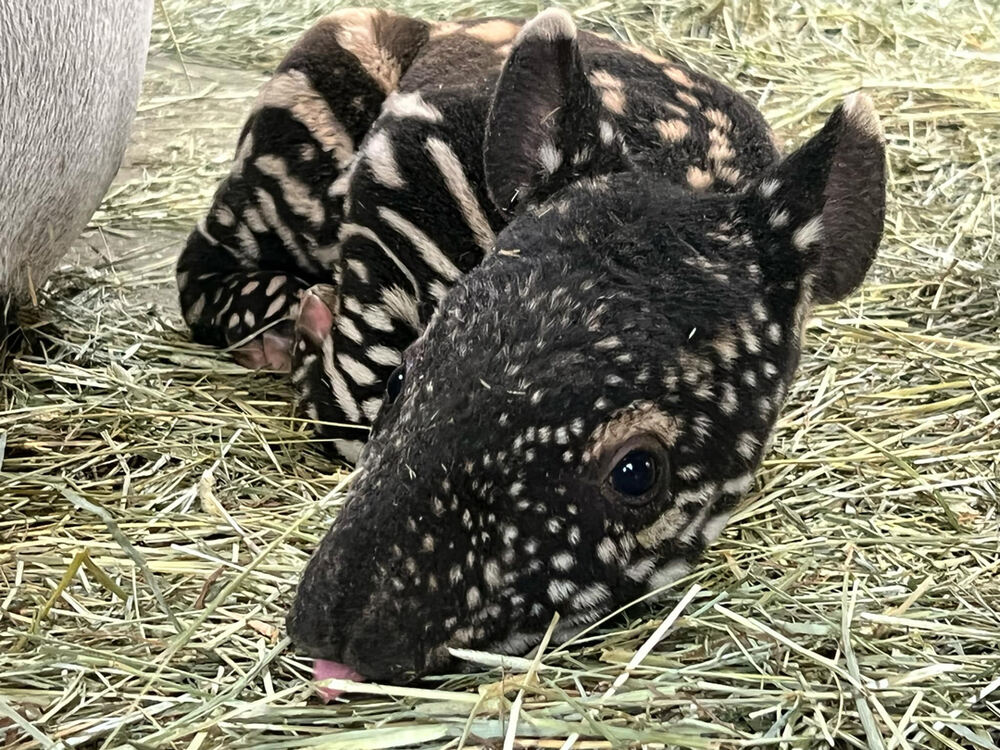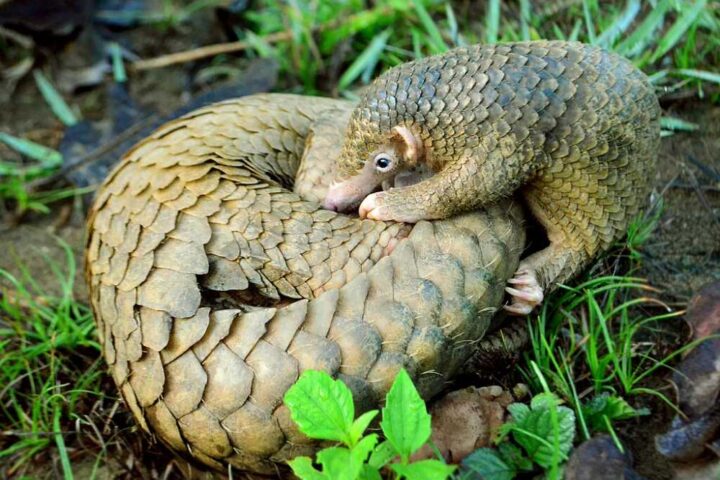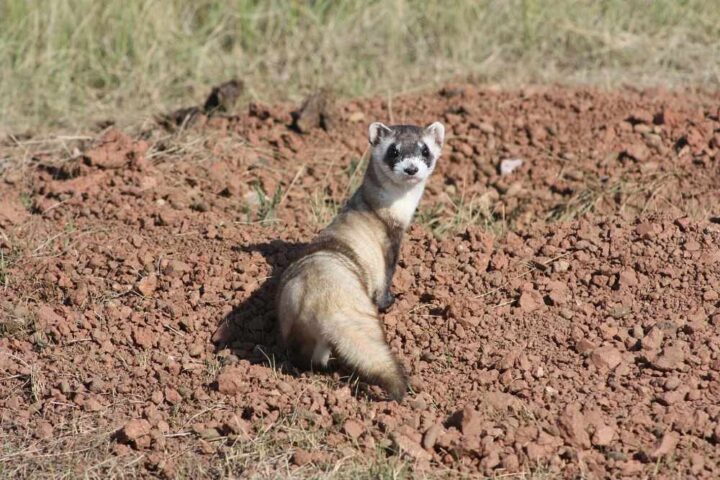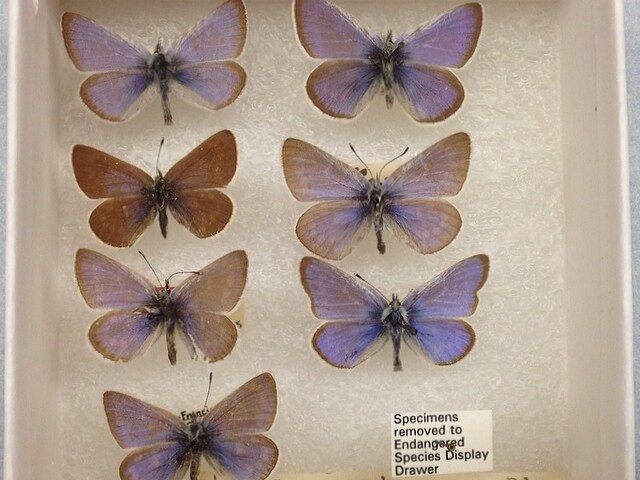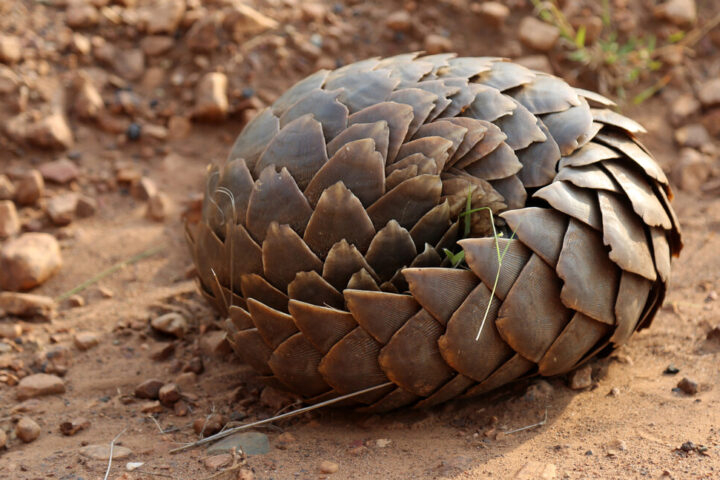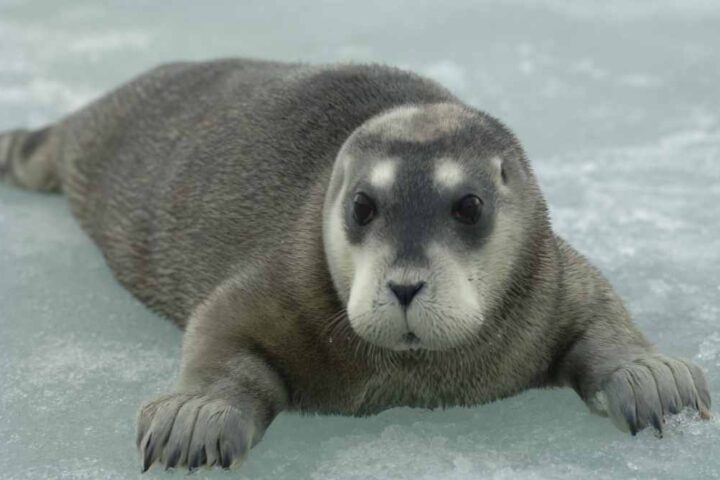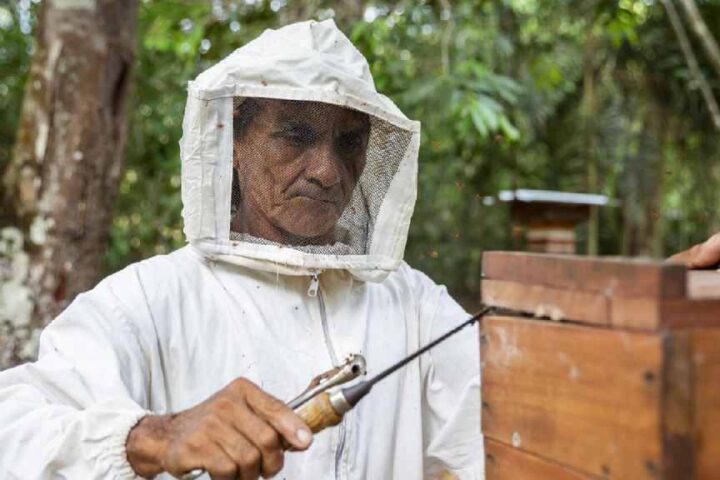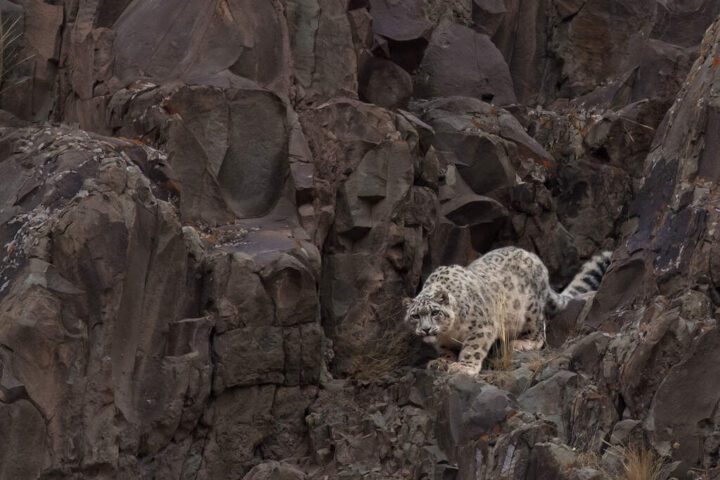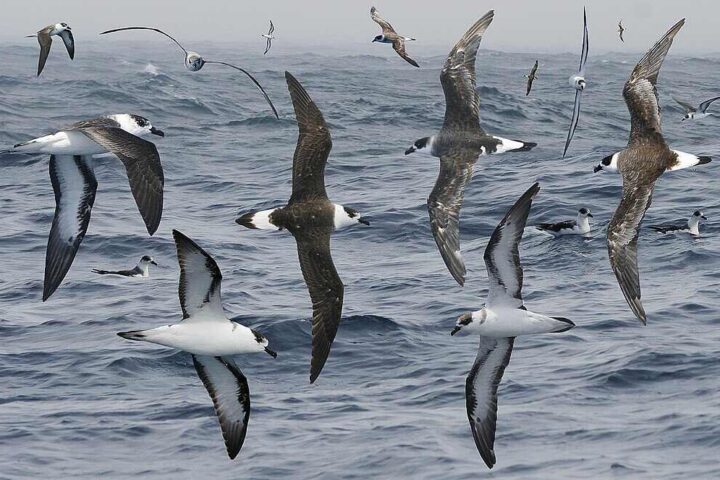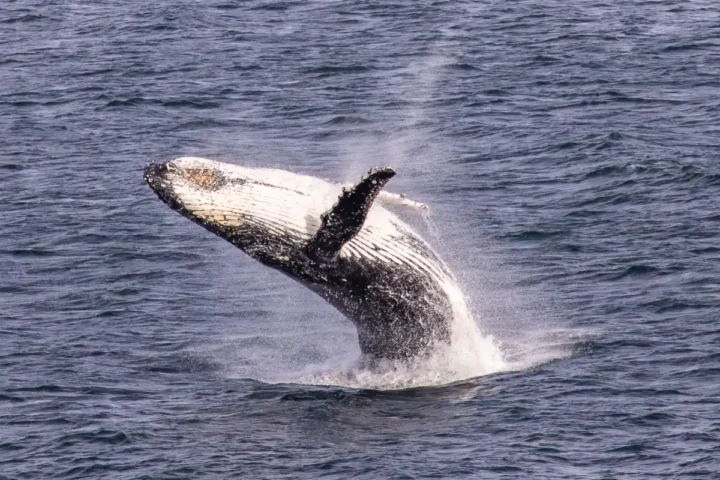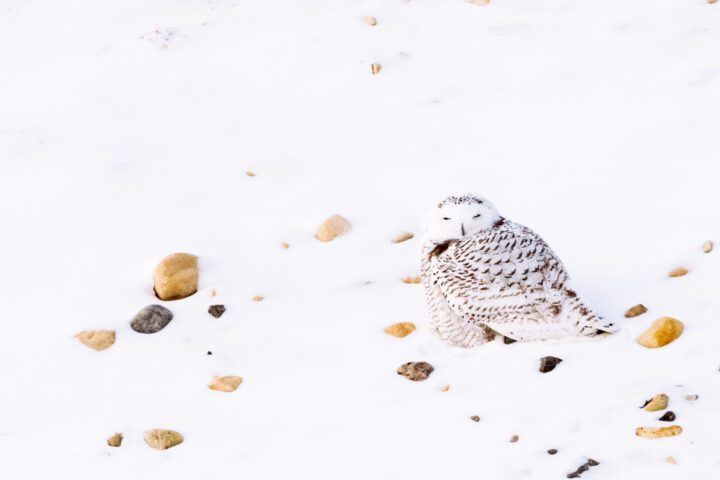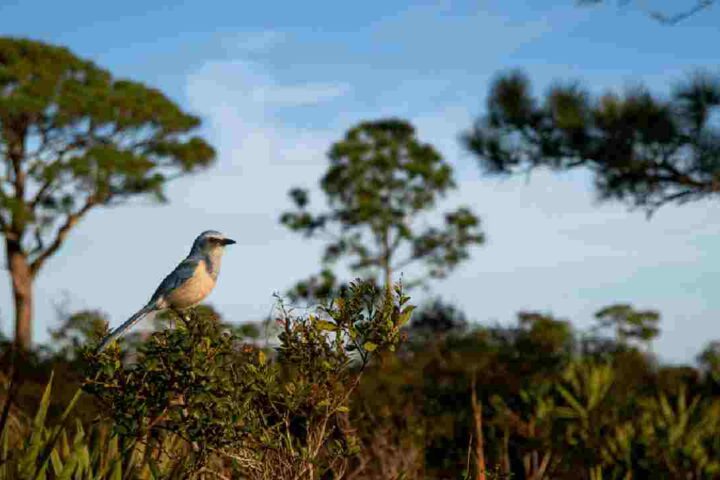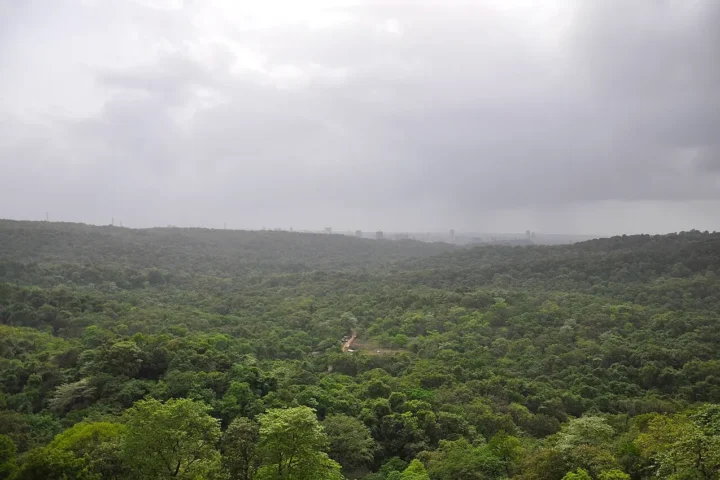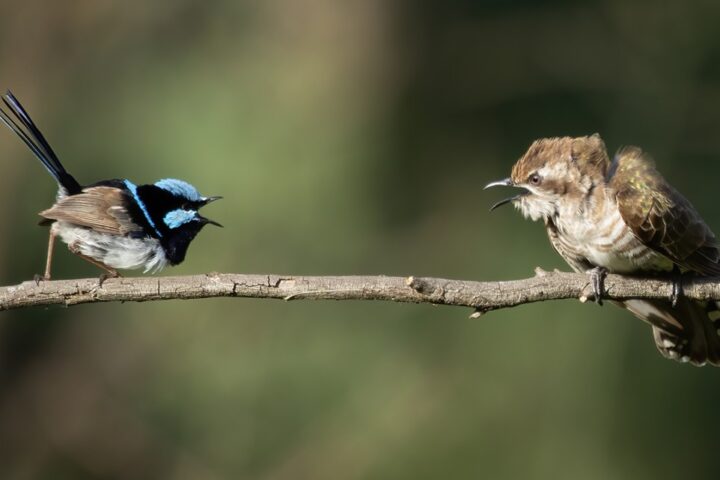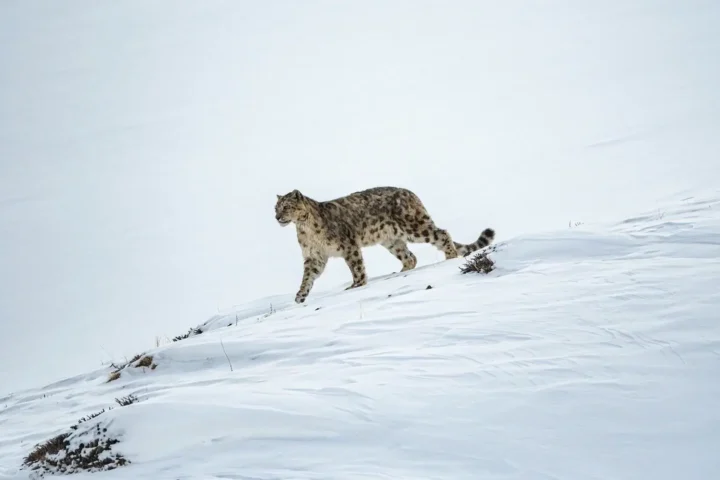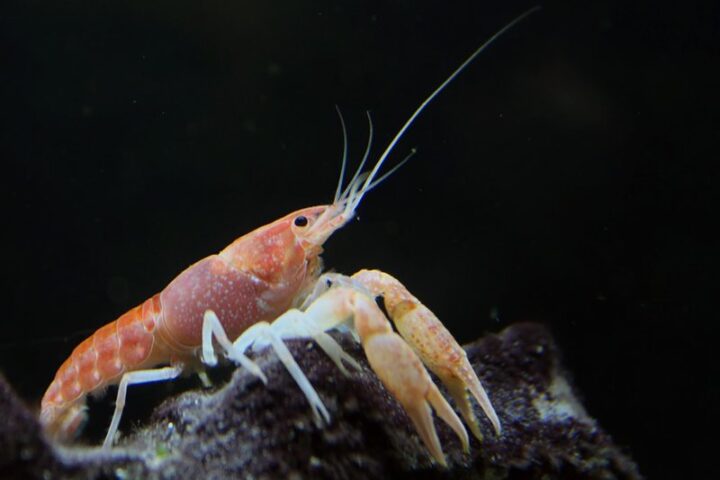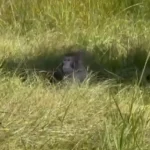West Midlands Safari Park welcomed three Sumatran tiger cubs on January 17, 2025. The births, recorded on the park’s security cameras, happened over a two-hour period, with the cubs arriving at 10:53 AM, 11:53 AM, and 1:00 PM.
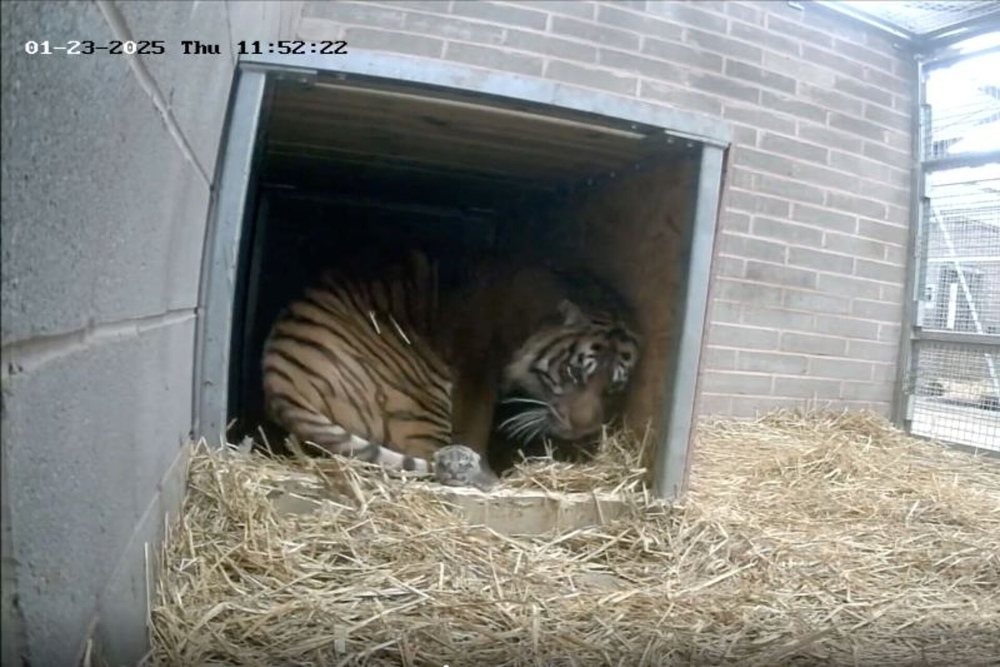
Tiger cubs are born blind and completely dependent on their mother. The cubs’ mother, 13-year-old Dourga, keeps them in an indoor den where they learn basic skills like nursing and walking. Head Keeper Kasha Carter watches their progress through camera feeds to avoid disturbing the family.
“Dourga has been doing a fantastic job at nursing,” says Carter. “All three cubs have been suckling and seem very lively from what we can see so far. She is a very caring mother.”
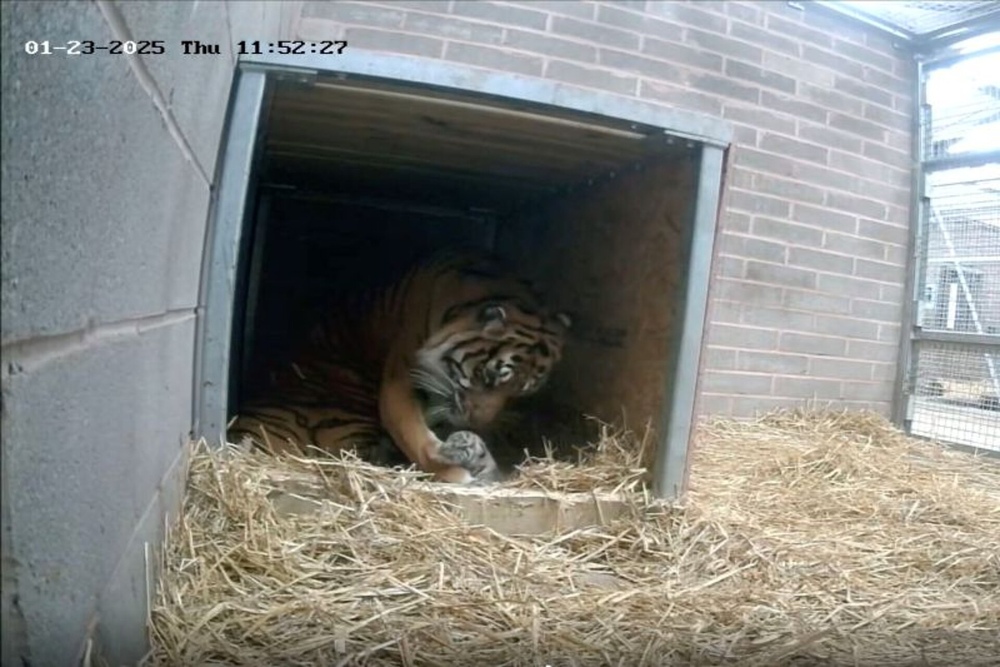
These births matter because Sumatran tigers are vanishing from the wild. Only around 400 Sumatran tigers remain in their natural habitat, out of fewer than 4,000 wild tigers worldwide. They face the same threats that affect many wild animals today: humans building on their land, conflicts with local communities, and illegal hunting.
Similar Posts
The safari park works with other European zoos to breed endangered animals like these tigers. They also support tiger protection in Indonesia through the Kerinci Seblat project. This project sends patrol teams into tiger territories to remove illegal traps and stop poaching. Their work shows real results – in early 2024, patrols found no illegal traps in the area.
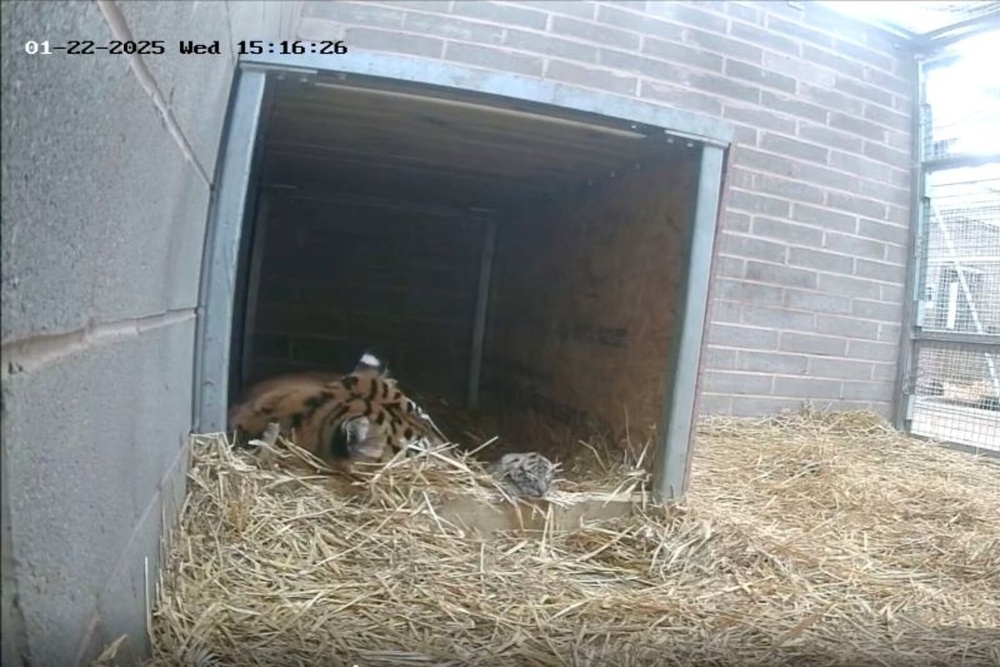
The cubs will stay with their mother for about eight weeks before their first checkup. During this visit, veterinarians will:
- Check their health
- Give them vaccinations, like those given to cats and dogs at home
- Determine if they’re male or female
- Insert microchips for identification
The park will name the cubs once they know their sex. Following park tradition, their names will start with ‘N’ since they were born in 2025.
While the cubs remain in their den, visitors can see their father Nakal (age 10) and sister Lestari (18 months old) in the Tiger Tropics area. Two other tigers, Buster and Hujan, live in the Safari Drive section.
The park monitors the cubs’ development carefully through their conservation program. Regular updates appear on the park’s social media, though the cubs won’t meet visitors until they’re older and stronger.
